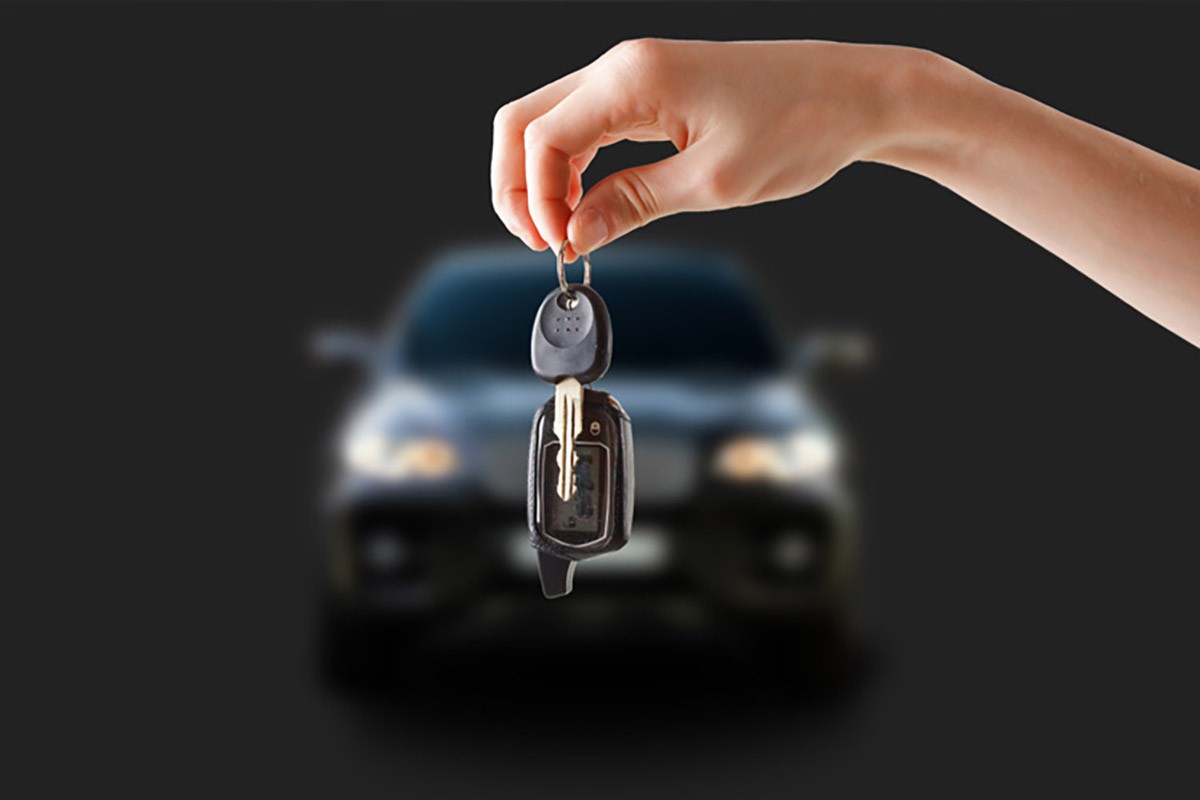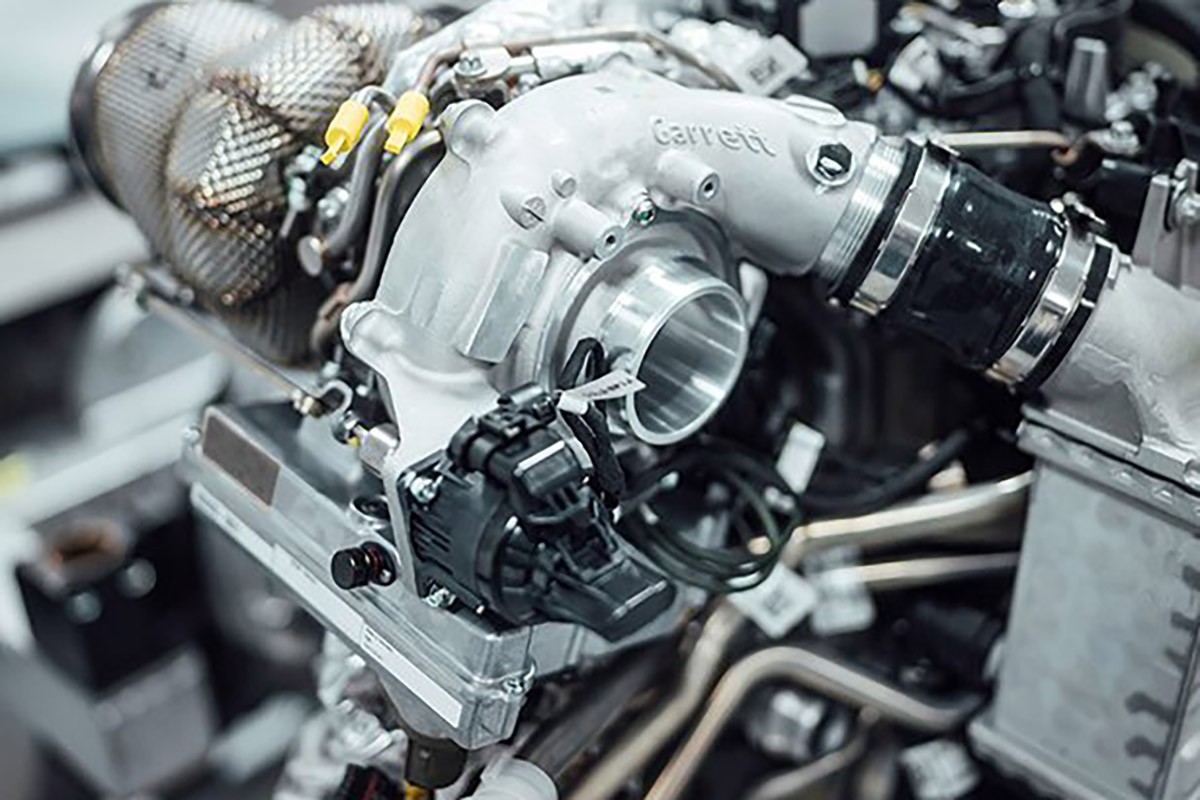Many drivers habitually turn off their car engine immediately after stopping. However, for vehicles with turbocharged engines, this practice can be harmful. This article will clarify when you should and should not turn off your engine after idling, especially for cars with turbo engines.
 Car engine turned off
Car engine turned off
Turning off your car engine immediately: Should you or shouldn’t you?
Modern Technology Allows Immediate Engine Shutdown After Idling?
Previously, it was common belief that you should let your car engine idle for about a minute before turning it off, especially in winter. This was thought to allow the cooling fan to continue operating and cool down the engine. However, in most modern vehicles, the ECU (Engine Control Unit) can automatically control the cooling system, ensuring the engine temperature remains safe even after the engine is turned off.
Thanks to this, turning off your car engine after idling immediately is no longer a significant concern. Modern engines are designed to withstand high temperatures and do not require a cooling-down period before being turned off. In fact, some cars even have ECUs that automatically activate the cooling fan after the engine is shut down to cool the engine.
Turbocharged Engines: An Exception to Immediate Engine Shutdown
However, for vehicles equipped with turbocharged engines (turbo), turning off the engine after idling immediately after driving at high speeds or over long distances is not advisable.
Turbocharged engines operate at very high rotational speeds (up to 150,000 RPM) and endure high temperatures (potentially reaching 150 degrees Celsius without an intercooler). Abruptly turning off the engine prevents engine oil from circulating to cool and lubricate components, especially the turbocharger, which is still spinning at high speed. The heated oil can lose its properties, damaging the engine.
 Turbo car engine
Turbo car engine
Turbocharged engines need to cool down before being turned off.
Furthermore, hot exhaust gases are trapped within the engine when it’s turned off suddenly, contributing to increased temperature and causing damage over time.
Recommendations for Turbocharged Engines
To protect turbocharged engines, it’s recommended to let the engine idle for about 1 minute before turning it off after driving long distances or at high speeds. This allows engine oil to continue circulating, cooling the turbocharger and other components. Some car manufacturers, like Ford, recommend releasing the accelerator pedal to let the engine RPM return to idle before turning off the engine.
Manufacturers recommend letting the engine idle before turning it off.
Cooling Down the Engine Faster
One way to cool down the engine faster is to open the car hood after stopping. This helps hot air escape quickly, reducing engine temperature. Some modern cars are also equipped with turbo timers, which keep the cooling fan running for a period after the engine is turned off.
Conclusion
For conventional cars, turning off the engine immediately after idling does not pose a problem. However, for vehicles with turbocharged engines, it’s necessary to let the engine idle for a short period before turning it off to protect the engine.